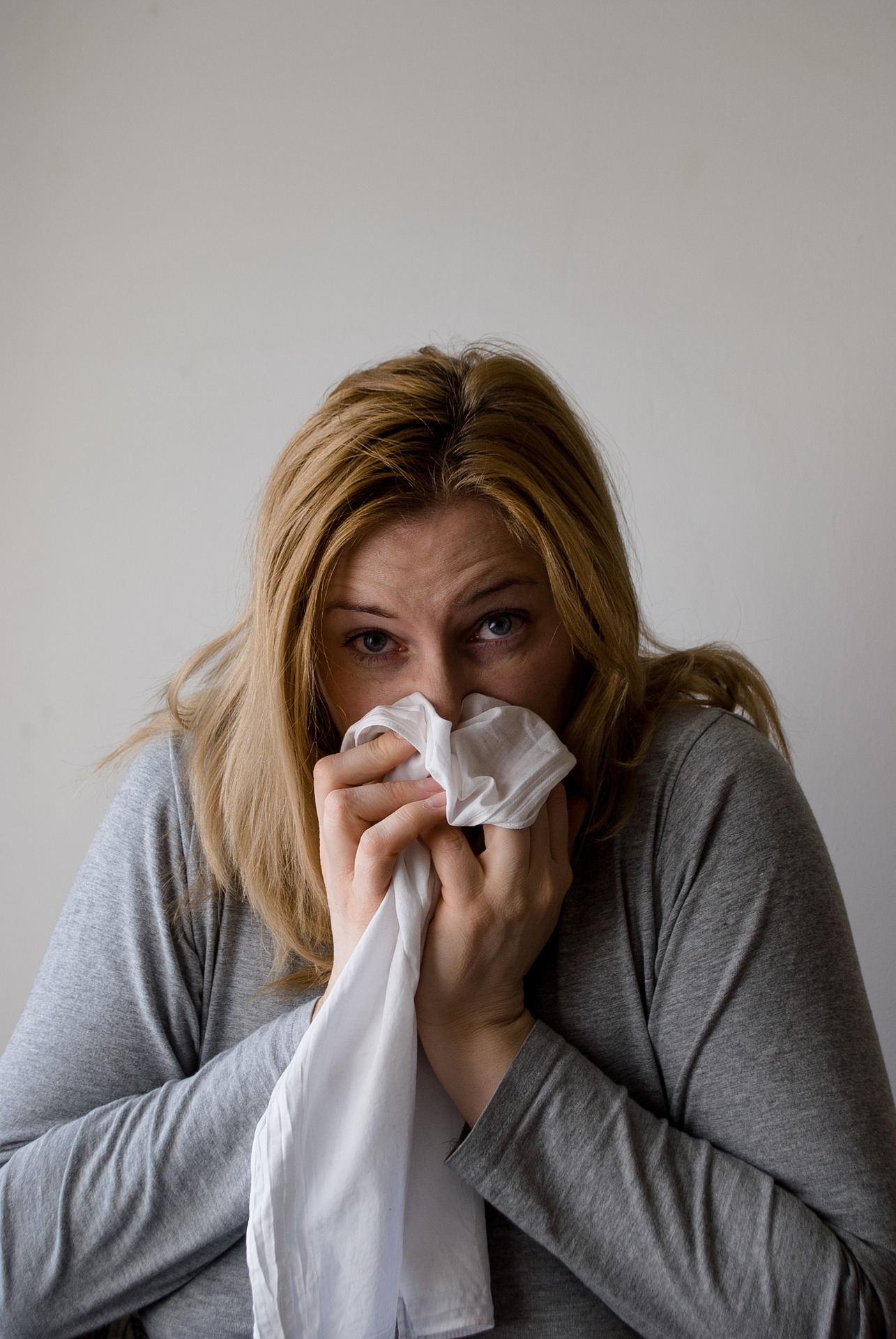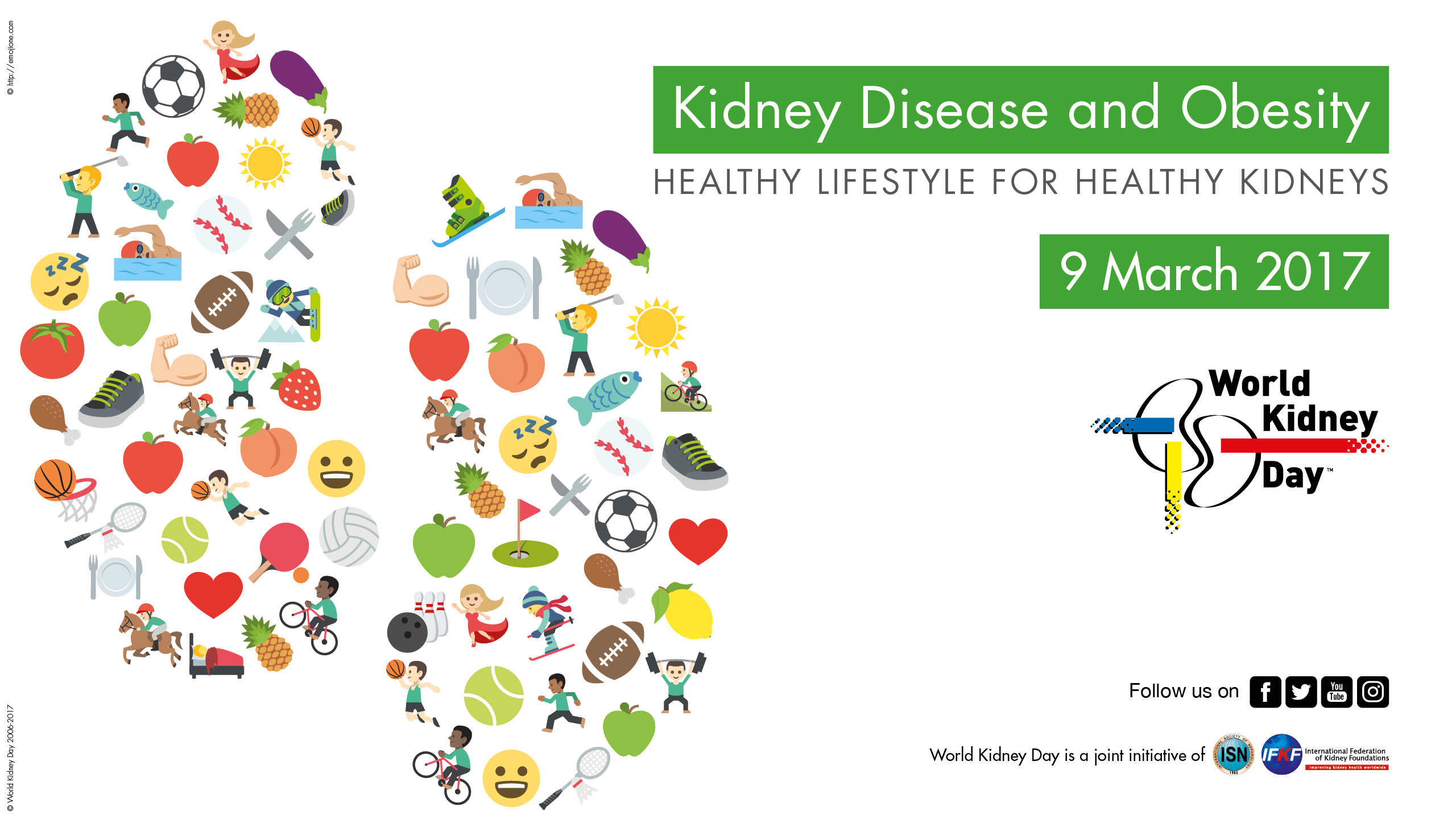
What You Need to Know About Psoriasis
Psoriasis is a skin condition that can be uncomfortable and make people unhappy with the appearance of their skin. Because it often comes and goes, many people just put up with the symptoms. While the condition isn’t curable, it can be managed with help from your GP.
What is psoriasis?
Psoriasis is a skin condition where the life cycle of skin cells is sped up, which causes cells to build up thickly on the skin’s surface. The patches of skin that have an excess skin build-up can form into scales or red patches. These areas tend to be itchy and uncomfortable, and sometimes even painful. It is most often found on the outside of the elbows, knees or scalp, though it can appear on any part of the skin. Some people get a few small patches of scaling that look almost like dandruff, while others get major eruptions that cover a large area of skin.
Psoriasis is associated with other serious health conditions, such as diabetes, heart disease and depression. It also causes a particular type of arthritis known as psoriatic arthritis, which can sometimes occur without a noticeable skin irritation.
Who can get psoriasis?
People of any age can get the skin condition, from small babies right up to elderly people. However, most people are diagnosed in their early adult years. Men and women have almost equal instances of psoriasis. All people groups can get it, although it does occur more frequently depending on racial background.
How long does psoriasis last?
Psoriasis is a chronic condition, which means the potential for the irritating skin patches is probably not going to go away any time soon. The irritated areas themselves will probably come and go.
How do you know if you’ve got psoriasis?
The signs and symptoms are different for everyone, but here are some common identifiers you should look out for:
- Small scaling spots (commonly seen in children)
- Red patches of skin covered with thick, silvery scales
- Dry, cracked skin that may bleed
- Thickened, pitted or ridged nails
- Itching, burning or soreness
- Swollen and stiff joints
If you develop a rash that doesn’t go away with an over-the-counter medication, psoriasis is one option your doctor might consider.
What can you do to treat psoriasis?
Because psoriasis currently has no cure, the aim is to improve the symptoms. With mild psoriasis, products are usually recommended or prescribed to be used on the skin, such as moisturisers, vitamin D preparations, or corticosteroid creams. Ultraviolet light therapy is another way medical professionals can slow down the production of skin cells.
If your psoriasis is severe or not responding to other options, you might need oral or injected medication. You can work with your health professionals to manage your symptoms by giving up smoking, managing stress, regularly moisturising and following the treatment plan given to you by your doctor.
Skin conditions are almost always manageable, and you don’t have to put up with your symptoms. Get in touch with your GP if you think you might have psoriasis, and start yourself on a journey towards clear, healthy skin.
Want more information?
Call (03) 5611 3365 to speak to a friendly patient concierge
or book an appointment here







